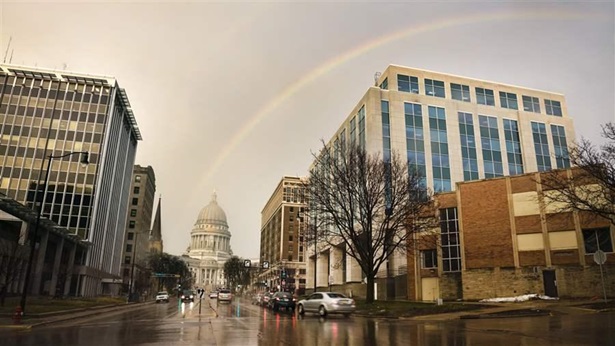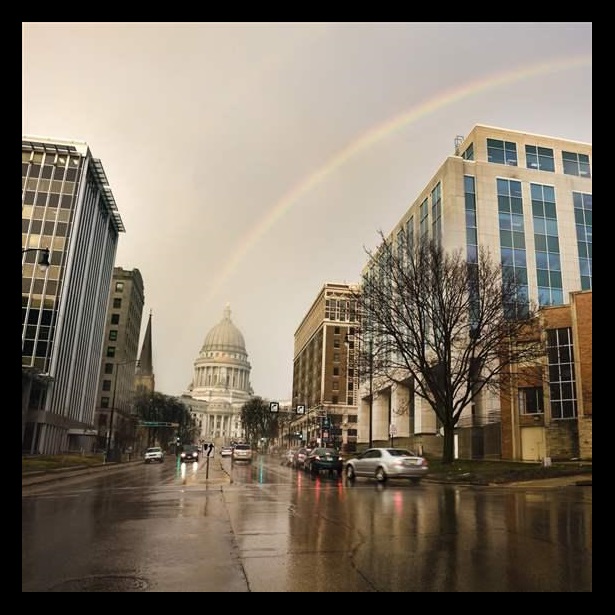Pew Comments: Proposed Recommendations, Legislation Could Improve North Carolina’s Rainy Day Fund
Robert Zahradnik and Stephen Bailey of The Pew Charitable Trusts’ state fiscal health and economic growth project, submitted testimony Dec. 15 to the North Carolina Legislature’s Committee on Savings Reserve Account in support of its proposed recommendations and legislation for the state’s rainy day fund.
They reviewed best practices identified by Pew for adding to and withdrawing from such funds and offered examples of policies that have proved effective in other states.
Full text of the testimony is below:
Testimony of Robert Zahradnik, director, and Stephen Bailey, senior associate, State Fiscal Health Project at The Pew Charitable Trusts
North Carolina Committee on Savings Reserve Account
Dec. 15, 2016
In Support of the Committee’s Proposed Recommendations and Legislation “An Act to Strengthen the Savings Reserve”
Chairman Dollar, Chairman Jackson, and members of the Committee on Savings Reserve Account:
Thank you for the opportunity to testify regarding the Committee’s recommendations and proposed legislation to the General Assembly. Upon review of the Committee’s recommendations and proposed legislation as set forth during the December 8, 2016 meeting, Pew supports “An Act to Strengthen the Savings Reserve” because it contains the following elements consistent with best practices for long-term budgeting, as identified by Pew research, in relation to the Savings Reserve Account.
- Creates a savings deposit rule tied to revenue volatility
- Clearly defines objective conditions for fund use with one of those conditions tied to revenue volatility
- Establishes an evidence-based fund savings target
- Provides a mechanism to re-evaluate the rules governing the fund
First and foremost, by setting aside 15 percent of year-over-year revenue growth, North Carolina would join 15 states that tie their rainy day fund deposits directly to revenue or economic growth. As highlighted in Pew’s report “Building State Rainy Day Funds,” the proposed deposit rule closely follows one found in Tennessee, where savings has become a straightforward, predictable practice, rather than a yearly debate. There are two key benefits for states that choose to save based on revenue or economic growth. First, states are able to save the most when revenues are highest. Second, unsustainable revenues are prevented from being used to fund recurring expenditures. After all, above-normal revenues cannot be relied on from year to year, so it is better to save those funds for the times when revenues decline. By depositing a portion of revenue growth into the rainy day fund, those unsustainable dollars are not available to fund recurring expenditures, helping to keep the budget structurally balanced.
Second, the bill improves the state’s withdrawal provisions. Currently, North Carolina is one of only five states without clear conditions for fund use. The proposed legislation establishes clear conditions for use and includes the ability to cover a decline in general fund revenue from one year to the next. This is consistent with a Pew-identified best practice to link withdrawals to objective measures tied to revenue volatility. These types of conditions ensure reserves are only used in times of revenue or economic distress.
Third, fewer than five states are using evidence – like revenue volatility and forecast error – to determine how much they should save to meet their fund goals. By recommending that the Office of State Budget and Management and the Fiscal Research Division of the General Assembly perform a risk-based analysis using a similar technique found in Minnesota, the state would become a national leader at identifying an appropriate rainy day fund target.
Finally, should the bill pass the General Assembly, the legislation prudently calls for a review of the changes to the Savings Reserve Account after three years. This can help ensure the policy changes are achieving the intended purpose as established by the Committee and provides an opportunity for adjustments if needed.
By voting to recommend “An Act to Strengthen the Savings Reserve” to the General Assembly, Pew believes the Committee on Savings Reserve Account would take a step to improve the state’s ability to weather times of economic uncertainty in the future. Additionally, the recommendations would make North Carolina a leader at managing revenue volatility. Should the Committee approve the recommendations, Pew offers its support and resources to assist in promoting the benefits to the General Assembly. Thank you again for your time and for considering these recommendations.


America’s Overdose Crisis
Sign up for our five-email course explaining the overdose crisis in America, the state of treatment access, and ways to improve care
Sign up

Building State Rainy Day Funds
Policies to Harness Revenue Volatility, Stabilize Budgets, and Strengthen Reserves


Why States Save
Using evidence to inform how large rainy day funds should grow
Managing Uncertainty
How State Budgeting Can Smooth Revenue Volatility









